Pelargonium Pak Viva Rosita - description of the variety and care features
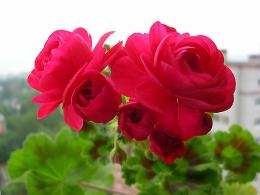
Such an amazingly beautiful flower like pelargonium belongs to the geranium family. The number of its varieties is quite large and surprises with its diversity. Most of them are considered perennials, the rest are succulents and bushes.
Content:
About the beneficial properties of pelargonium
Home varieties pelargoniums are interesting for their diverse effects on human organisms. For some, when in close proximity to a flower, the general condition of the body noticeably worsens, while for others, its smell has a relaxing and calming effect.
In addition to decorative properties, pelargonium endowed with useful properties: extracts from it are widely used in the perfume industry, as well as to create a variety of medical preparations.
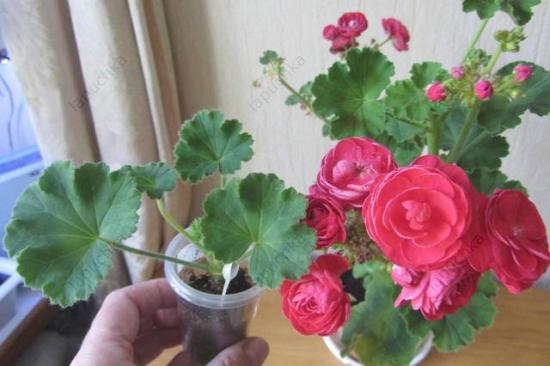
Pelargonium essential oil is added as a flavoring agent in soap making and to create perfumes of very famous brands. The oil is also used to disinfect indoor air. Its aroma does an excellent job of eliminating various microorganisms and purifies oxygen from impurities harmful to the human body.
Pelargonium Pak Viva Rosita
Pelargonium PAC Viva Rosita surprises and fascinates with its beautiful flowers. They resemble buttercups in shape, but have a terry structure and a rich, bright pink color.The variety is rightfully considered a breakthrough in the selection of this type of plant and attracts the attention of both amateur flower growers and more experienced flower collectors.
The pelargonium bush PAC Viva Rosita wins the hearts of flower lovers with its very compact appearance and rich dark green foliage. Against such a contrasting background, its large flowers seem even more beautiful.
Geranium pak viva rosita, a species bred in Sweden in 2011. Made a big splash at one exhibition in Europe. It has similarities with other representatives of the species. Each inflorescence of this type of geranium can have more than 20 flowers with a diameter of about 6 cm.
The flowers are not located tightly to each other, so they are clearly visible. The peduncle is formed quite strong. It develops rather slowly, but the wait for flowering is compensated by a long flowering period, which lasts about 2 weeks.
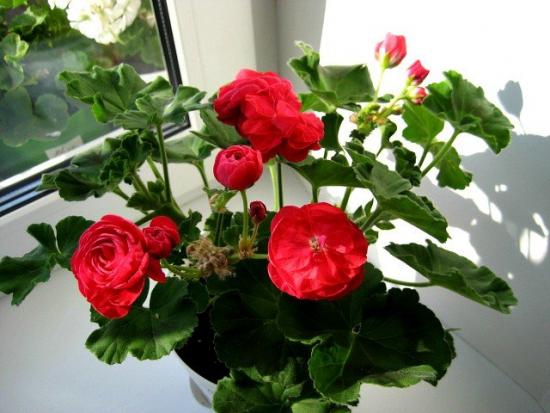
The formation of the bush occurs independently, without outside intervention. The foliage is rich green and hard to the touch. By placing bush in a place with sufficient sunlight, the owner will ultimately receive a plant that will surprise you with the abundance of its foliage and countless honey plants.
PAC Viva Rosita care
Planting container geraniums PAC Viva Rosita should be large enough, at least 2 liters. Its root system does not tolerate constraint. In pots with a smaller volume, Viva Rosita dries out the buds and noticeably slows down the growth process.
This variety, unlike the prevailing opinion that pelargoniums love open sun, does not tolerate constant heat and excessive heating of the soil coma. Ideal for it would be a window sill facing east or southwest.But even here it will be necessary to take care of organizing shading from direct rays.
With the arrival of the warm season, geranium (if such a possibility exists) it is better to move it to the open air. In the shade of deciduous trees on a personal plot, it will bloom and develop much better.

Regarding the temperature regime in apartment conditions, in summer you need to make sure that the temperature does not exceed 30C, and in winter, in order to ensure abundant flowering, it should be relatively low and not exceed 14C.
Viva Rosita geraniums should be watered sparingly. Each subsequent watering is carried out only after three days after the top layer of the earth has dried. These recommendations apply exclusively to the summer period. Winter watering performed only when the soil begins to dry out slightly.
With high humidity and low temperature in the room, the root system of the plant may begin to rot. This can have a very negative impact on the general condition of the geranium and can lead to the onset of various diseases or even its death.
It is not worth spraying pelargonium regularly throughout the year. It tolerates dry air well. But, in cases of too hot summer and, accordingly, an excessive increase in room temperature, the foliage will not have to be moistened much.
Feed the plant is needed, but only after several months after transplantation, maximum twice with an interval of a couple of weeks.
For feeding, you can use only phosphorus fertilizers. Adding organic compounds to the soil has no benefit, since geranium does not accept them.
Pruning and replanting
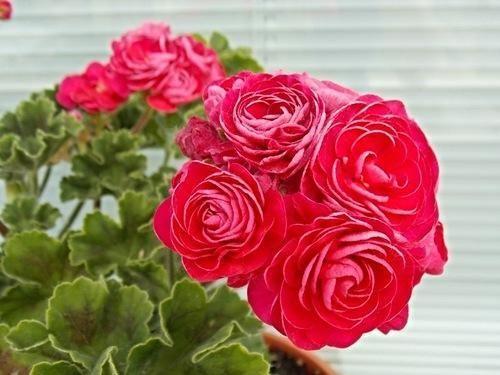
Viva Rosita growing indoors is pruned every year, leaving shoots with a maximum of 4 nodes untouched. This gives owners the opportunity to have a rather lush and beautifully flowering bush on their windowsill. If yellowed or dried leaves are found on the bush, they are carefully cut off. They perform the action exclusively with a well-sharpened knife.
To prevent the formation of rot at the cut site, it is sprinkled with crushed charcoal. Undesirable leaves are cut off in such a way that the base of the petiole remains unaffected.
Viva Rosita needs to be replanted: young plants annually, and adults only when the root system completely fills the planting container.
At each transplant, drainage is placed at the very bottom of the pot, and then filled to the top with the following mixture: peat, turf, sand, humus and leaf soil. All listed ingredients must be in equal parts.
Find out all the secrets of growing indoor geraniums, watch this interesting video:

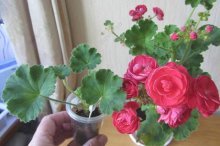
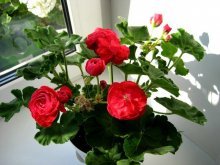
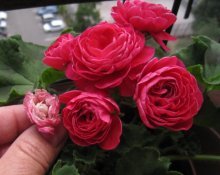
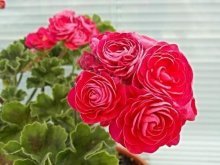
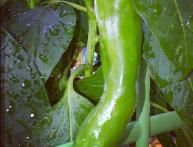
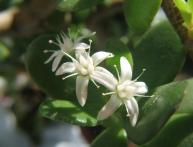
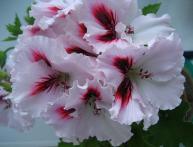
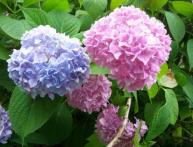
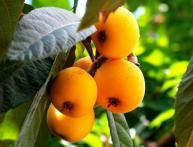

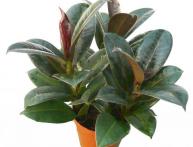
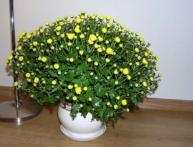
Comments
Pelargonium Pak Viva Rosita grows on our windowsill at home and we like this flower because it blooms long enough and steadily. Does not require special care. Sometimes, if you skip watering, the leaves may turn yellow. Otherwise, care is normal.